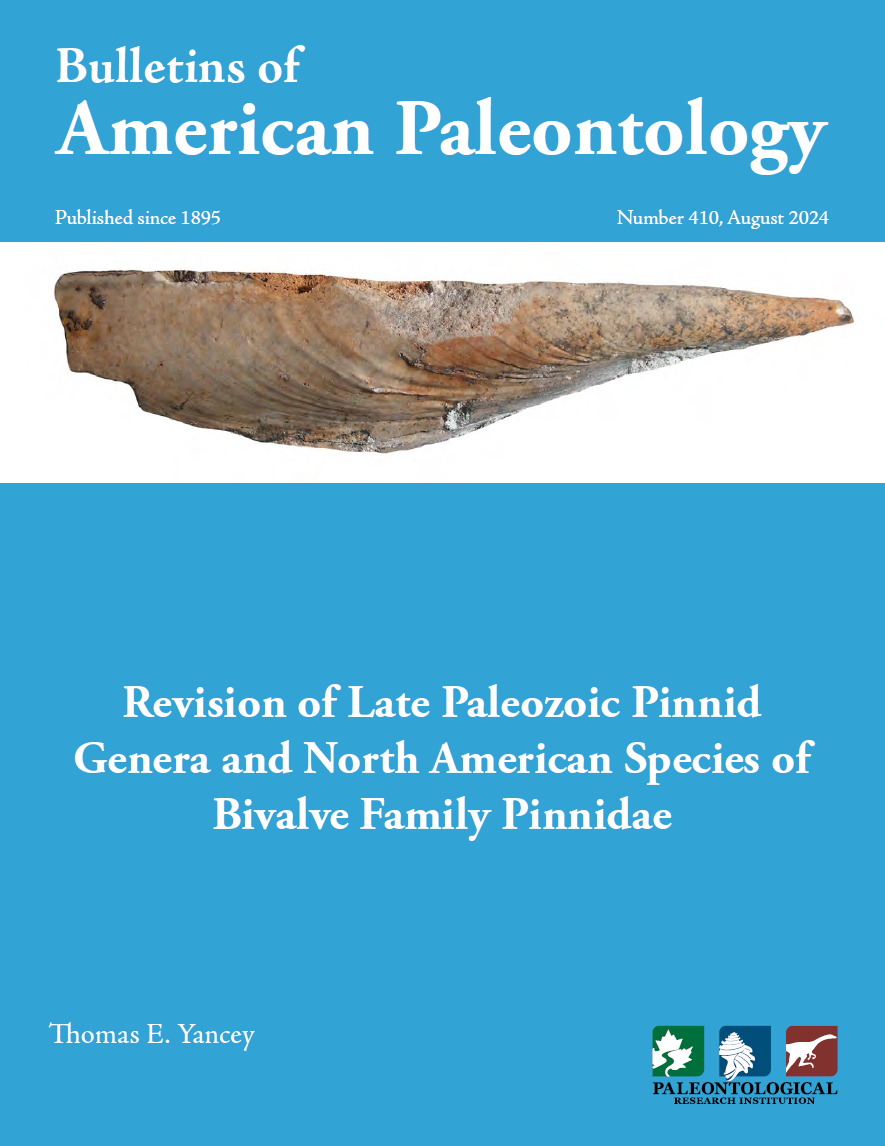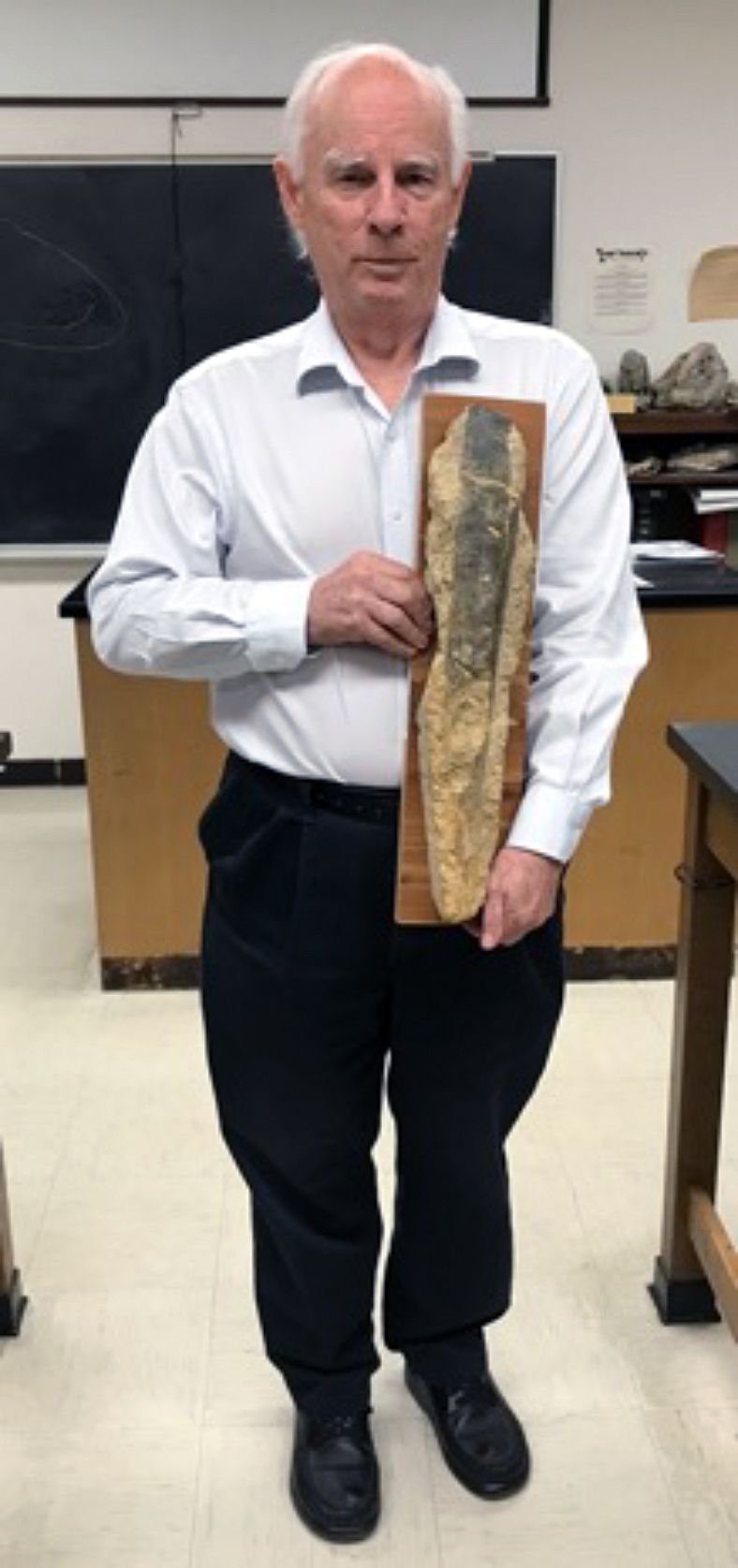
An amateur naturalist’s passion for discovery recently led to the unearthing of massive fossilized clams in north central Texas, a novel find that sparked a new research opportunity for Texas A&M University geologist Dr. Thomas E. Yancey.
Yancey, a professor emeritus in the Department of Geology and Geophysics, used the discovery credited to Valley View, Texas, native Robert Williams as the basis for a study on a family of giant saltwater clams known as Pinnidae that thrived 300 million years ago but had largely been overlooked by scientists.

Yancey's research has identified seven new genera and 31 species of these giant clams that lived during the late Paleozoic era — a period rich in marine life and marked by significant geological changes — while also shedding light on an important part of Earth’s history. His work was published as monographic survey in Bulletins of American Paleontology monograph in August.
"This discovery expands our understanding of marine evolution," Yancey added. "It reveals the complexity of life in Earth’s oceans long before the world we know."
Jackpot In Jacksboro
According to Yancey, the discovery's backstory is one as remarkable as the research itself. Williams discovered the fossil at the Lost Creek Spillway at Lake Jacksboro, a quarry site northeast of Jacksboro, Texas. After he spent three weekends working to free it from a bed of rock, Williams brought the fossil to the attention of Yancey and other scientists, whose collaborative work has since revealed previously unknown evolutionary traits and adaptations within the Pinnidae family.
The site, which was created during the construction of the Jacksboro Reservoir, is famous for its fossil finds, including many that are new to science. It’s part of a lagerstätte — a rare type of site with exceptionally well-preserved fossils. While the site isn't capable of conserving soft tissue like the famous Burgess Shale in Canada, Yancey says the fossils here are so well-preserved that they can look like modern shells.

Yancey’s research took a back-to-basics approach focused on taxonomy, or the science of classifying and naming organisms. Instead of relying on modern quick-modeling techniques, he documented the fossils carefully. This method led to the discovery of clams preserved in rock for millions of years that had previously been overlooked.
In a similar fashion, Yancey is quick to acknowledge the significant contributions of the amateur naturalists and science enthusiasts who so often prove essential to such groundbreaking projects. In this case, their discovery of the massive fossil shared with Yancey played a crucial role in advancing the research on the Pinnidae family and revealing details that might have otherwise gone unnoticed.
“This project shows the growing role of amateur collectors in paleontology,” Yancey said. “Their passion and willingness to collaborate with professionals are invaluable. Without them, many discoveries would remain hidden.”
What Lies Beneath
Looking ahead, Yancey plans to continue revising and reexamining other fossil groups in his ongoing work that reminds us there are still wonders hidden beneath the surface, waiting to be uncovered.
Despite relying on personal resources to fund the project, Yancey says the bulk of the credit goes to amateur collectors and their dedication and collegiality, which played a major role in the study’s success.
“The findings not only enhance our understanding of ancient marine life but also emphasize the importance of collaboration,” Yancey said. “It’s all about the thrill of finding something new, even when it’s been hiding in plain sight for millions of years.”

